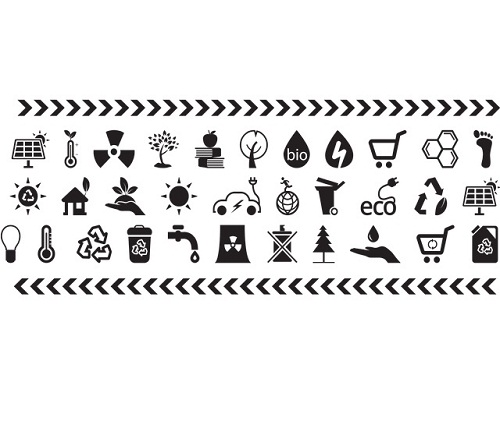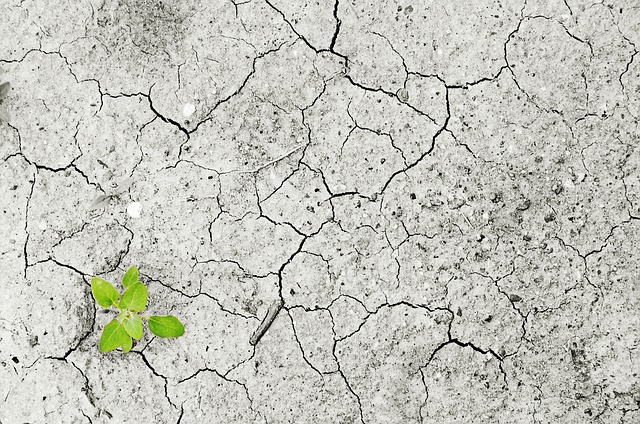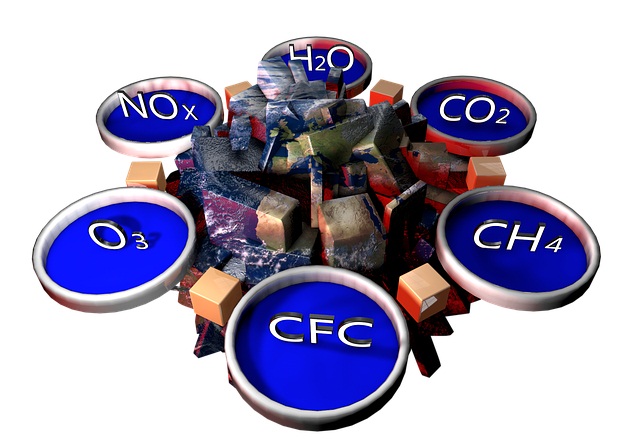INTRODUCTION
Environmental Science
This field of study is defined as an interdisciplinary academic field. It combines the scientific, chemical, biological and physical information of the environment and incorporates other cultural, political, and social aspects of the environment. In a nutshell, the natural process taking place on the Earth are studied while finding solutions to impacts caused by human activities on the surrounding environment.
Subjects Studied in an Environmental Science or Environmental Studies Degree
This field of science encompasses many different fields. Below, mentioned fields are the basic subjects typically taught in an environmental science degree.
-
Environmental Chemistry
This is the study of impacts caused by human activities on the chemical processes that are occurring in terrestrial and aquatic ecosystems. It includes pollution remediation, geochemistry, environmental modeling, etc.
-
Environmental Physics
It is a branch of physics. It deals with the assessment, quantification, and evaluation of interactions among living things and the environment. The living things are animals, plants, and microorganisms. The environments include the biosphere, lithosphere, hydrosphere, and atmosphere.
-
Environmental Biology
It is also referred to as physical science. It integrates the study of climatology, evolution, ecology, and environmental science. Generally, it is defined as an examination of behavioral changes in organisms due to the natural ecosystem and as a result of human activities in the ecosystem.
-
Environmental Sociology
It is defined as the sociological study of the interaction between humans and the rest of the environment. In simple terms, it is social and environmental interactions. It includes the problems of human cultures and their impacts on the environment.
-
Environmental Geology
This discipline is based on the study of human interactions with their geologic surroundings. The geologic surroundings include life, soil, air, water, rocks, etc. Humans have impacts on the Earth and Earth also shows impacts on humans.
-
Environmental Geography
It is the branch of geography. It explains the spatial features of interactive mechanisms between the natural environment and humans. It includes the aspect of learning geospatial features of the World.
-
Environmental Microbiology
It is defined as the study of microorganisms living in the Earth’s ecosystem. The interaction of microorganisms with each other and the environment is also studied. It includes water microbiology, soil microbiology and air microbiology.
-
Environmental Biotechnology
This field of science is a branch of biotechnology that deals with the process and methods used for the assessment of the natural environment involving commercial benefits.
-
Environmental Health
It is a branch of public health. It involves the study of the relationship between humans and their environment. It encourages the well-being of humans and ensures safe societies.
-
Environmental Planning
It is the process that facilitates the decision-making process in order to conduct land development with compensation provided to the natural environment along with governance, economic, political, and social components. It includes achieving sustainable results by adopting holistic frameworks.
It is the study of systems and databases that incorporate processes and methods regarding personnel training, inspecting, outlining, and disclosing skilled environmental performance information to the shareholders of the company.
-
Environmental Monitoring
Environmental monitoring is regarded as a discipline based on methods and tools in order to monitor an environment, describe its qualities, and form environmental parameters. This helps in adequately quantifying the effects of human activity on the environment.
-
Environmental Economics
It is a discipline linked with economics that includes the study of socioeconomic effects of environmental laws and regulation following policies. The economic impacts of environmental policies are studied.
-
Environmental Education
It is defined as a process that permits humans to inspect environmental issues, participate in problem-solving decisions, and take initiatives to improve the environment. It makes humans eligible to take liable decisions concerning prevalent environmental issues.
-
Environmental Statistics
Environmental statistics is the study of statistical models and methods and their application to the field of environmental science in order to evaluate queries regarding undisturbed natural environment, urban environment, and human activities within the environment.
-
Environmental informatics
Environmental informatics is the study of information related to the interdisciplinary term environmental science. It includes modeling current and future aspects of the environment.
-
Environmental Law
Environmental law is the study of laws and regulations regarding the protection of environments. It includes the laws concerning the conservation of natural resources such as forestry, water reserves, etc.
-
Ecology
It is the branch of biology that deals with the study of the interaction between living (humans, animals, plants, microorganisms, etc) and nonliving things (ecosystem including air, water, soil, etc). It includes the evaluation of the relationship between abiotic and biotic factors.
-
Environmental toxicology
Environmental Toxicology is a multidisciplinary study based on the examination of impacts caused by natural and synthetic chemicals on the environment and health. It involves the study of the impacts of chemicals on living things at places where they live naturally. For more info: What Is Environmental Toxicology And What Are Its Branches?
-
Environmental forensics
It is defined as the logical and empirical assessment of chemical, physical and historical facts in order to develop sustainable, legitimate, and scientific conclusions concerning the origin of a pollutant/contaminant/toxin being released into the environment.
Other components of Environmental Science include:
> History and Philosophy of Environment
This includes the historical beginning of natural phenomena and philosophical perspectives of nature, surrounding environment, and human interactions with the environment.
> Biological Resources
It includes the potential benefits of microorganisms, plants, animals, and byproducts obtained from living things, along with their diverse genetic makeup.
> Water Resources
Water resources are among the various components of natural resources. The Earth has 97% marine or salty water resources and only 3% freshwater resources. Examples are glaciers, polar ice caps, lakes, underground water reserves, rivers, streams, etc.
> Energy Resources
Energy sources include all those means by which energy is produced and utilized by exploiting Earth’s natural reserves. There are renewable (solar, wind, etc) and non-renewable (fossil fuel) energy sources.
> Science of Climate Change
This is a vast topic that encompasses the study of long-term changes in average weather patterns over a region or on the globe.
>Air Pollution and Management
Air pollution and management include natural and anthropogenic causes of air pollution and air pollution controlling equipment and techniques.
> Water Pollution and Management
Water pollution and management include point and nonpoint sources of water pollution and wastewater treatment methods.
> Atmospheric Science
This science includes the study of the atmosphere that surrounds the Earth and other planets as well. The physical and chemical properties of the airborne particles, gases, and clouds are studied. It further deals with meteorology and climatology.
> Soil Science
This discipline includes the study of Earth’s natural resources such as soil. It further deals with physical, biological, and chemical characteristics of soil including formation, classification, utilization, and management of soils.
> Conservation Biology
This study is based on the preservation of nature and the biodiversity of the Earth in order to protect species, their habitats, and surrounding environments from degradation, and extinction threats.
> Waste Management
It is based on the methods, actions, and practices regarding waste management from its origin to the final disposal. It involves waste collection, transportation, treatment methods, and disposal techniques.
> Current Environmental Issues
This includes ongoing hot environmental issues; the world is facing right now. Examples are climate change, global warming, deforestation, air pollution, etc.
> Occupational Health and Safety
This multidisciplinary field of science is linked with the health, safety, and wellbeing of laborers at work or any occupation.
> Remote Sensing and GIS
Remote sensing is a way to receive continuous information about the Earth while GIS is an information system that controls and supervises geographic data.
> Instrumental Analysis and Analytical Techniques
Instrumental analysis determines scientific instruments and analytical techniques determine certain procedures. This field generally includes the use of scientific instruments by opting for specific procedures in order to evaluate an analyte.
> Research Methodology
This includes the precise techniques and methods that are utilized for the identification, selection, operation, and analysis of information regarding a certain topic.
You might also like: What is Environmental Science and Why is it Important?
I hope you all liked this post! Please comment below if you have any suggestions, comments, or feedback! We at #envpk love hearing from our readers! Thanks!





6 Comments
Very insightful
Thank you Joel!
It further makes choosing a field of study and career path easy. Thank you for this.
You are welcome Joel. We are glad you found our article useful!
This is nice article encompassing almost all major branches of environmental sciences.
Thank you!